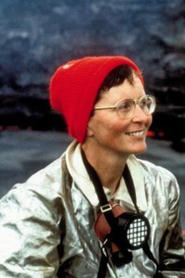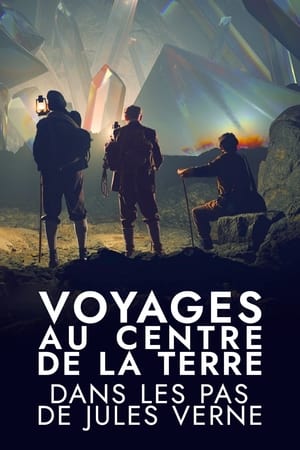
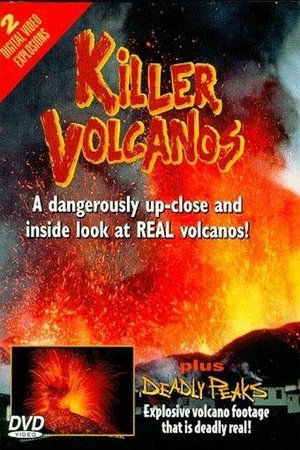
Deadly Peaks(1997)
Documentaries by Katia and Maurice Krafft feature some of the amazing footage shot by the renowned volcanologists, who perished in 1991 while filming a volcano in Japan. The duo documented more active and erupting volcanos than any other scientists in the world, and their dedication shows in Deadly Peaks and Killer Volcanos, two educational films that capture the scientists on the edge of a hot ash blast and floating on a lake of sulfuric acid. The films visit Mount Kilimanjaro and examine some of the less-known dangers such as carbon monoxide gas that builds under crater-formed lakes. They also take an in-depth look at the eruption of Mount St. Helens and the lengths to which people will go to save their communities. Venturing to places where most people would never dare, the Kraffts gave their lives to promote the study of volcanos and left behind a legacy of courage in the name of science. --Shannon Gee
Movie: Deadly Peaks

Deadly Peaks
HomePage
Overview
Documentaries by Katia and Maurice Krafft feature some of the amazing footage shot by the renowned volcanologists, who perished in 1991 while filming a volcano in Japan. The duo documented more active and erupting volcanos than any other scientists in the world, and their dedication shows in Deadly Peaks and Killer Volcanos, two educational films that capture the scientists on the edge of a hot ash blast and floating on a lake of sulfuric acid. The films visit Mount Kilimanjaro and examine some of the less-known dangers such as carbon monoxide gas that builds under crater-formed lakes. They also take an in-depth look at the eruption of Mount St. Helens and the lengths to which people will go to save their communities. Venturing to places where most people would never dare, the Kraffts gave their lives to promote the study of volcanos and left behind a legacy of courage in the name of science. --Shannon Gee
Release Date
1997-07-15
Average
0
Rating:
0.0 startsTagline
Genres
Languages:
EnglishKeywords
Similar Movies
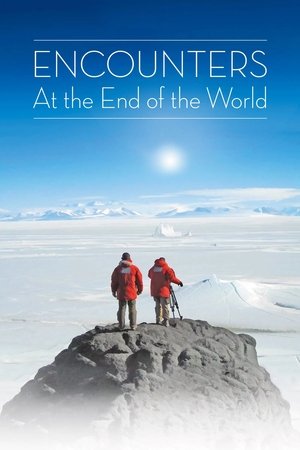 7.4
7.4Encounters at the End of the World(en)
Herzog and cinematographer Peter Zeitlinger go to Antarctica to meet people who live and work there, and to capture footage of the continent's unique locations. Herzog's voiceover narration explains that his film will not be a typical Antarctica film about "fluffy penguins", but will explore the dreams of the people and the landscape.
 6.5
6.5Ring of Fire(en)
Ring of Fire is about the immense natural force of the great circle of volcanoes and seismic activity that rings the Pacific Ocean and the varied people and cultures who coexist with them. Spectacular volcanic eruptions are featured, including Mount St. Helens, Navidad in Chile, Sakurajima in Japan, and Mount Merapi in Indonesia.
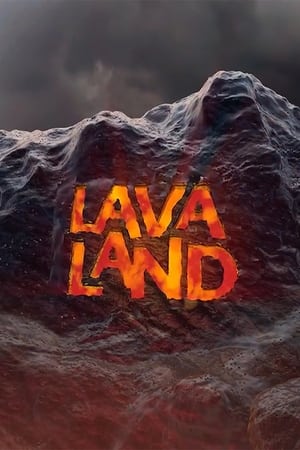 0.0
0.0Lava Land - Glowing Hawaii(en)
Hawaii, with its tropical rainforests and diverse coral reef is a spectacular natural paradise for travellers, surfers and all fans of breathtaking sandy beaches and lush green mountains. But life on the American island chain also has a dangerous side: permanently active volcanoes, lava caves, and even burning lava pours into the sea! Here you can see black smoke rise up, spray the red-hot magma into the sky and feel how the earth trembles. Located on the Pacific plate is unusual for volcanoes, Hawaii is thus researchers a fascinating destination. At Kilauea, the most active volcano on earth, the inhabitants have to live in constant danger found over the centuries cope. Lava Land - Glowing Hawaii takes you into the world of researchers and residents on the Big Iceland, the largest island of Hawaii.
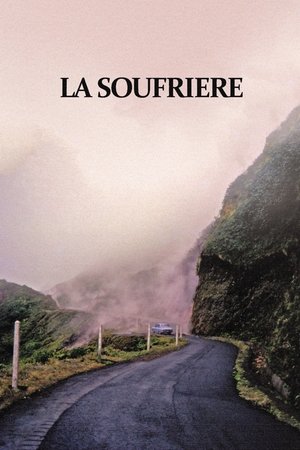 7.3
7.3La Soufrière: Waiting for an Inevitable Catastrophe(de)
Werner Herzog takes a film crew to the island of Guadeloupe when he hears that the volcano on the island is going to erupt. Everyone has left, except for one old man who refuses to leave.
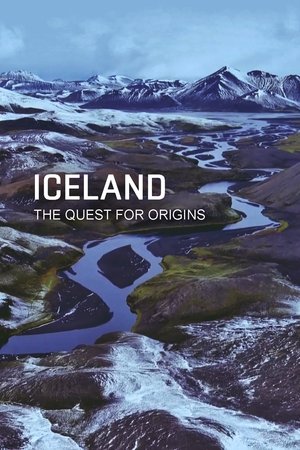 8.0
8.0Iceland: The Quest for Origins(fr)
The fascinating landscape formations of Iceland in the North Atlantic bear witness to the beauty and primal power of nature. They were created through the interaction of powerful volcanic, geological and biological processes that have been changing the face of the earth for billions of years. This is what the Earth might have looked like four billion years ago. Iceland is the realm of ice and fire. Nowhere else is there such a high density of volcanoes. The landscapes, which are continually reshaped by eruptions, make the island a natural laboratory full of clues about the formation and development of the earth. The documentary follows a group of scientists through the most active areas of Iceland, along a mountain range that has emerged from the ocean. On the slopes of the volcanoes, in the fog of the fumaroles and on streams and rivers, the three researchers explore how the first forms of life populated the earth's surface and in what evolutionary steps they took over the earth.
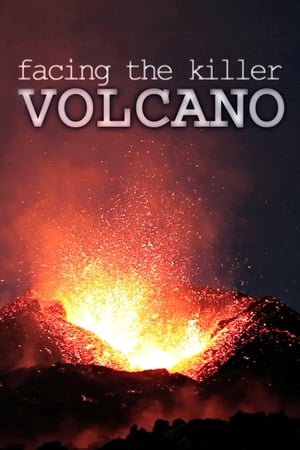 7.0
7.0Facing The Killer Volcano(en)
After 200 years, the Fugen-Dake volcano awoke in 1991. Journalists, cameramen and scientists flocked to Mount Unzen to study the eruption. For some of them, it would be a fatal choice.
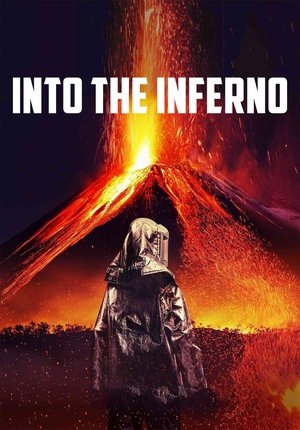 7.0
7.0Into the Inferno(en)
With stunning views of eruptions and lava flows, Werner Herzog captures the raw power of volcanoes and their ties to indigenous spiritual practices.
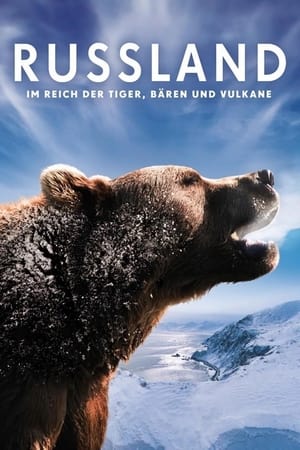 6.6
6.6Russia - In the Realm of Tigers, Bears and Volcanoes(de)
A window into Russia, unknown to Western man, and even to many Russians. "Russia - the largest country in the world. In many of its parts, it remains unknown world full of wonders. Let the world and will continue for the generations that come after us".
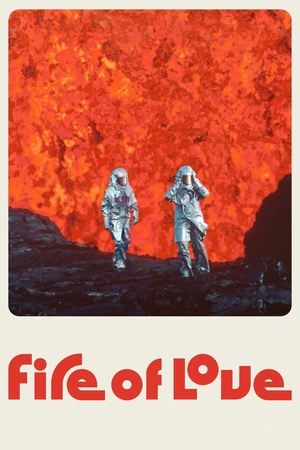 7.5
7.5Fire of Love(en)
A doomed love triangle between intrepid French scientists Katia and Maurice Krafft, and their beloved volcanoes.
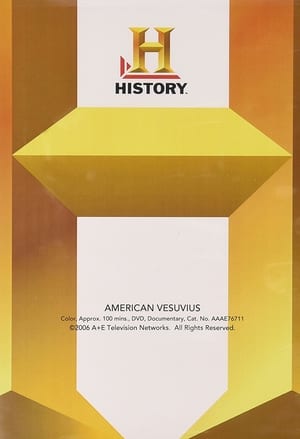 3.0
3.0American Vesuvius(en)
On August 25th, 79 AD, the Roman cities of Pompeii and Herculaneum were flash-frozen in time when Mount Vesuvius erupted, destroying all life in its path. Noted paleontologist, archaeologist, and forensic physicist Charles Pellegrino is the author of Ghosts of Vesuvius, a fascinating look at this ancient volcanic eruption. In AMERICAN VESUVIUS, Pellegrino uses the emerging science of forensic archaeology to decipher clues and gather evidence that helps him reconstruct the final moments of the victims. Using the same forensic techniques, Pellegrino undertakes an investigation of the ruins of the World Trade Center. By processing evidence and interviewing witnesses, he illustrates dramatic physical parallels between Vesuvius's eruption and the collapse of the Twin Towers. His scientific exploration results in an array of startling connections between the destruction of Pompeii and Herculaneum and the man-made devastation at Ground Zero.
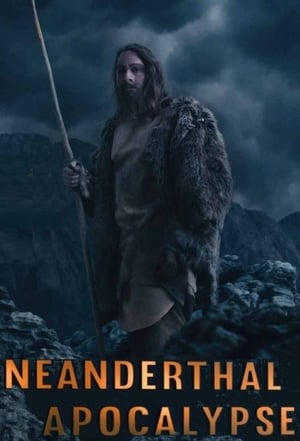 7.0
7.0Neanderthal Apocalypse(en)
40, 000 years ago the steppes of Eurasia were home to our closest human relative, the Neanderthals. Recent genetic and archaeological discoveries have proven that they were not the dim-witted cave dwellers we long thought they were. In fact, they were cultured, technologically savvy and more like us than we ever imagined! So why did they disappear? We accompany scientists on an exciting search for an answer to this question and come to a startling conclusion …
 6.3
6.3Krakatoa: The Last Days(en)
A historical drama documentary depicting the eruption of Krakatoa volcano in 1883. The volcano was located in the Sunda strait in Indonesia and its eruption resulted in tsunami, rains of coals and ash, and ended with a very hot tsunami. The eruption killed more than 36,000 people and those survived were left with burns.
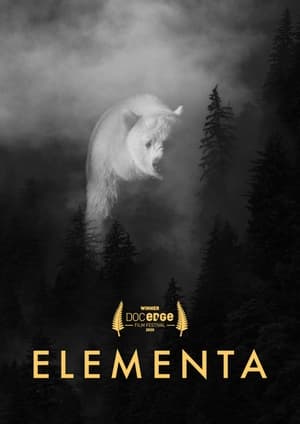 6.5
6.5Elementa(en)
A black-and-white visual meditation of wilderness and the elements. Wildlife filmmaker Richard Sidey returns to the triptych format for a cinematic experience like no other.
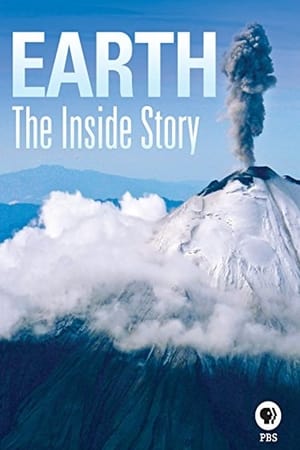 0.0
0.0Earth: The Inside Story(en)
Earthquakes, tsunamis, volcanic eruptions, and extreme weather. Has Earth always been this way? Featuring footage of top geologic hot spots on every continent, the film traces the scientifically-based story of the 4.5 billion-year-old Earth, from the core to the crust and up into the atmosphere.
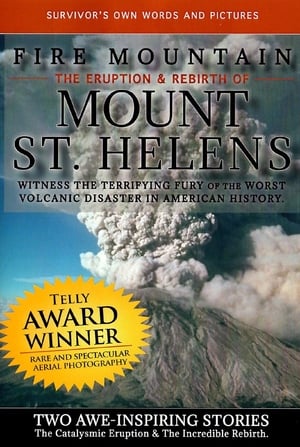 10.0
10.0Fire Mountain: The Eruption and Rebirth of Mount St. Helens(en)
In 1980, the eruption of Mount St. Helens leveled 230 square miles, sent 540 million tons of ash and volcanic rock twelve miles into the air, and blasted one cubic mile of earth from the crest of the Cascade Mountain Range. Illustrates the terrifying fury of the most destructive volcanic disaster in American history through aerial photography and survivors' own words. Shows examples of nature's plant and animal recovery seventeen years later.
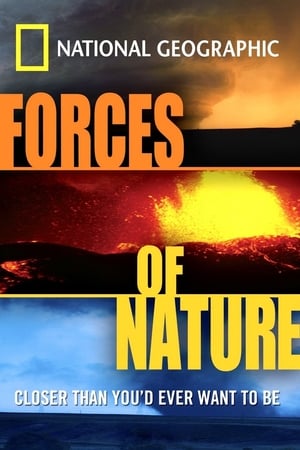 8.2
8.2Forces Of Nature(en)
Witness the awesome power and the unimaginable destruction of explosive volcanoes, ground-buckling earthquakes, and deadly tornadoes as you head into the field with scientists who risk their lives exploring the origins and behaviors of these fearsome natural disasters.
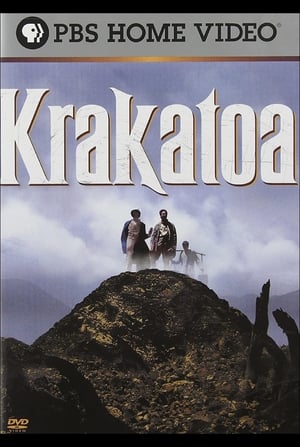 10.0
10.0Krakatoa(en)
On the morning of August 27, 1883, the rumbling volcano of Krakatoa stood more than 6,000 feet high, with a diameter of approximately 10 miles. Later that day, this giant cone exploded so violently it was literally blown away. The effects of the volcanic explosion caused a tidal wave more than 140 feet high; one ship was carried more than two miles inland. Hail-sized stones fell as far as 100 miles away, and the city of Jakarta fell into total darkness. For many of the area's inhabitants, Armageddon had arrived. Over 36,000 people were killed immediately, and countries all over the globe were affected by the volcano's devastating after-effects.
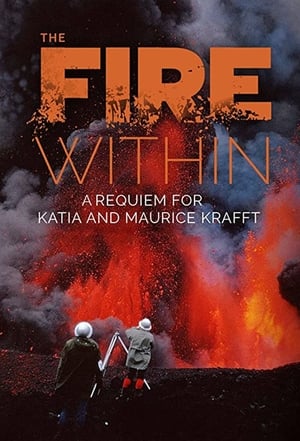 7.8
7.8The Fire Within: Requiem for Katia and Maurice Krafft(en)
Filmmaker Werner Herzog combs through the film archives of volcanologists Katia and Maurice Krafft to create a film that celebrates their legacy.

